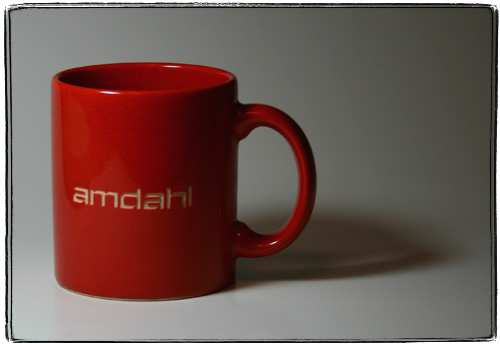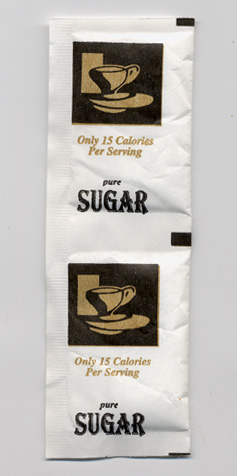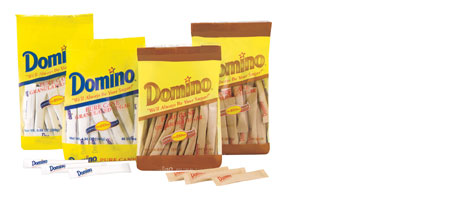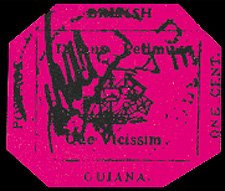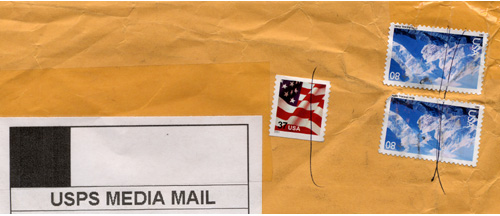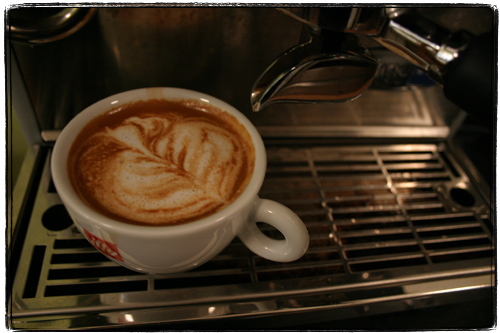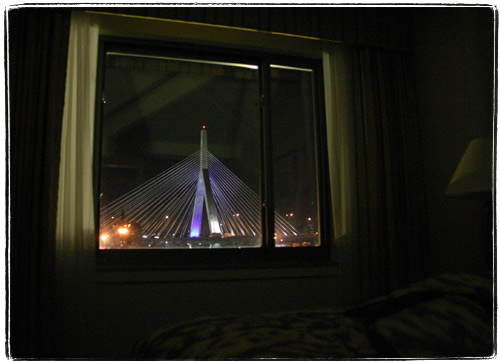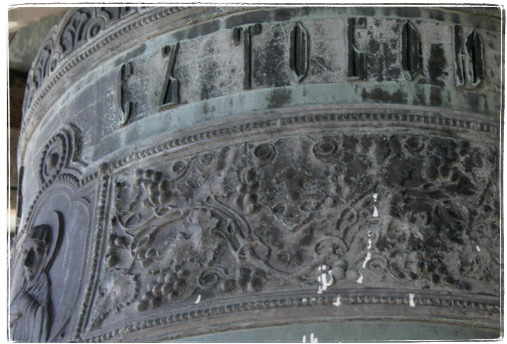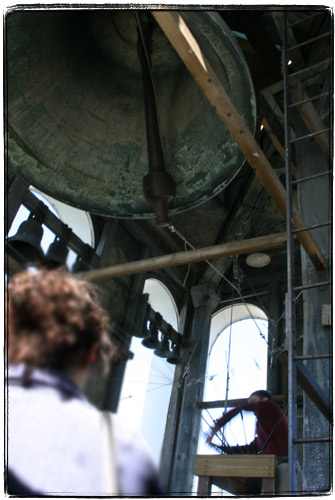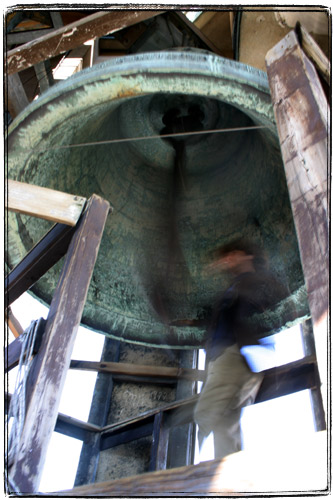I am thinking about going to Japan for my next vacation. Time to tally my knowledge of Japanese. Let’s see…
Nippon – Japan
Sushi – Raw fish with rice
Sashimi – Raw fish
Sake – Alcoholic drink. Some call it Japanese vodka or rice wine, but what do they know. It’s technically a rice beer.
Yakitori – Kebab
Tempura – Stuff fried in batter
Nori – Seaweed for sushi
Wasabi – Pickled radish
Agari – Green tea (in sushi restaurants)
Miso – Soy paste soup
Mochi – Ice-cream (or other stuff) in a dough shell
Arigato – Thank you
So Des – So it is
Godzilla – Big radioactive lizard
Sumo – Along with competitive eation, one of the few sports involving a lot of fat people
Yokozuna – A champion wrestler. Tend to be overweight
Sarariman – Office worker, formerely a Samurai. Probably.
Samurai – A Shogun’s report
Shogun – Samurai’s supervisor
Bushido – Samurai’s Rules and Regulations Manual
Geisha – A woman who entertains Yokozunas, Samurais and Shoguns. As well as Sararimen with a good sarary.
Sensei – Teacher
Kohai – What Wall Street types call a Rabbi. One who helps out somebody less experienced.
Sempai – Someone who has a Kohai.
Karate – Pronounced Kara-tey.
Something-do – Way of something.
Kendo – Way of the sword. Somehow really means fencing dressed skirts with bamboo sticks.
Robot-san – Mechanical human being. Some take Samurai or Geisha form.
Kinokuniya – Japanese bookstore chain
Ringo – Apple
Ringu – Ring
Waifu – Wife
Chambara – Japanese movies about Samurai
Manga – What Americans call Anime
Jedi – Another word for Chambara; also a person with high midiclorian count
Terevision – A device for watching Chambara
Harakiri – A suicide method very popular in Chambara
Kamikaze – A suicide method not very popular in Chambara. Also a drink
Kohee – 8 dollar coffee
Yakuza – Legitimate businessmen with a lot of tattoos and missing pinkies.
Meiwaku – Trouble, disturbance.
Kawai – Cute
Pokemon – A very kawai little critter
Makdonurado – A fast food place where sometimes you get a toy Pokemon with you meal and your food tastes like it’s made out of Pokemons.
Katana – A type of Samurai’s cutting sword. Also name of Larry Ellison’s giant boat.
Katakana – One of sets of Japanese characters. Either the one used for foreign words, or the other one.
Hiragana – Same as Katakana.
Hai – Yes
Beero – Beer.
Ebisu – God of something good, maybe beer. Also a type of beer.
Kappa – Demon of some kind, I think lives in water. Also a character in Mario Bros. games.
Tanuki – A smart shape shifting demon with huge balls.
Futon – Bed
Tatami – Rug
Uh… Yeah, I think I am done.
